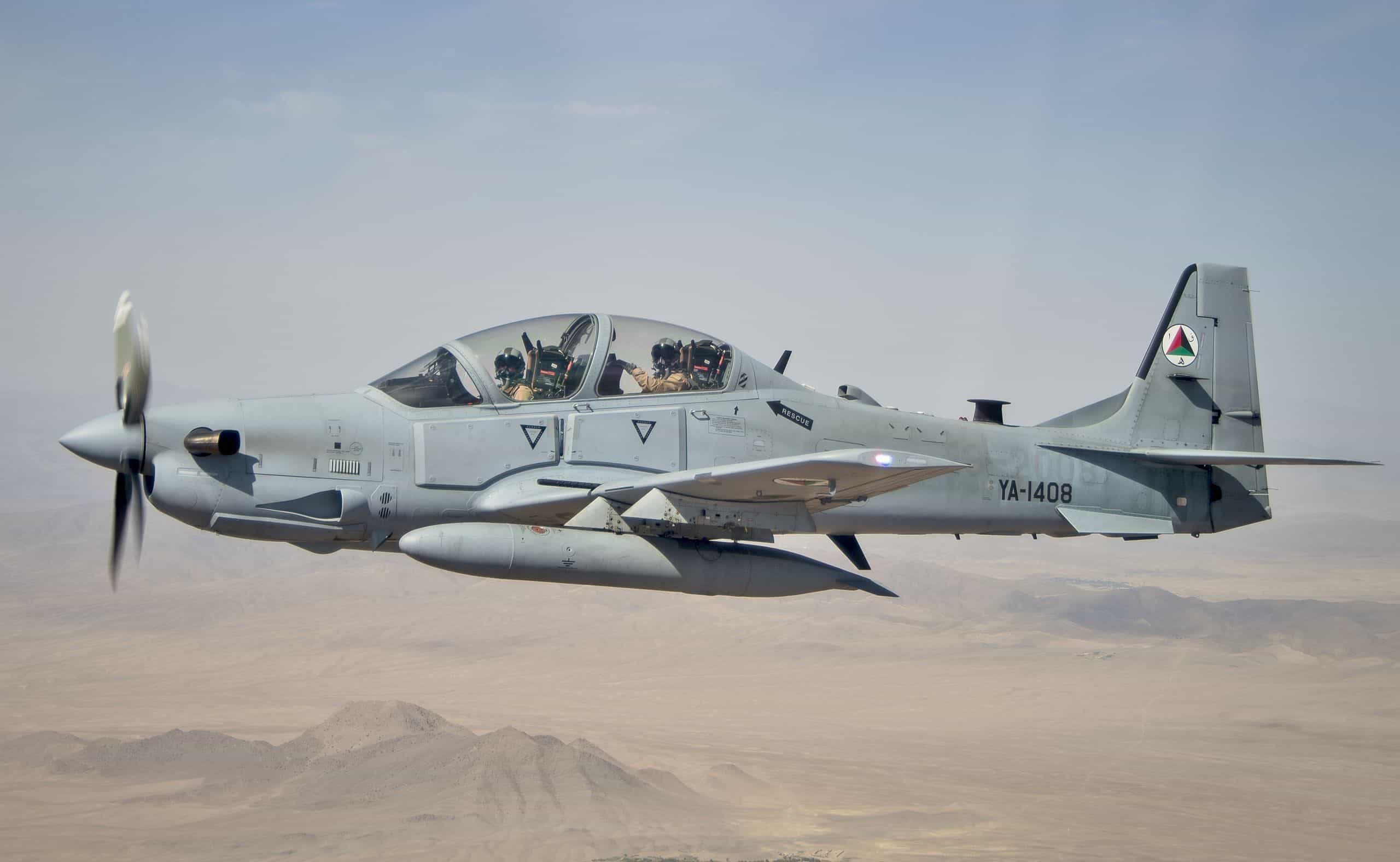The Air Force released final requests for proposal Oct. 24 for a limited number of Textron Aviation AT-6 and Sierra Nevada Corporation/Embraer Defense & Security A-29 aircraft.
The Air Force plans to purchase two to three light attack aircraft from each manufacturer to help support the National Defense Strategy’s focus on building allies and partner capacity, capability and interoperability via training and experimentation.
“Over the last two years, I watched as the Air Force experimented with light attack aircraft to discover alternate, cost-effective options to deliver airpower and build partner capacity around the globe,” said Secretary of the Air Force Barbara Barrett. “I look forward to this next phase.”
The Air Force worked closely with industry to finalize the requests for proposal details.
The AT-6 Wolverine will be used by Air Combat Command at Nellis Air Force Base, Nevada, for continued testing and development of operational tactics and standards for exportable, tactical networks that improve interoperability with international partners.
The A-29 Super Tucano will be used at Hurlburt Field, Florida, by Air Force Special Operations Command to develop an instructor pilot program for the Combat Aviation Advisory mission, to meet increased partner nation requests for light attack assistance.
Since August 2017, Air Force and Navy pilots have flown both aircraft extensively to assess their capabilities. The experiment looked at a variety of operations where light attack aircraft could be employed with partner nations, while yielding data about new exportable, tactical network communication capabilities.
“Our focus is on how a light attack aircraft can help our allies and partners as they confront violent extremism and conduct operations within their borders,” said Air Force Chief of Staff Gen. David L. Goldfein. “Continuing this experiment, using the authorities Congress has provided, gives us the opportunity to put a small number of aircraft through the paces and work with partner nations on ways in which smaller, affordable aircraft like these can support their air forces.”
Goldfein also said the experiment will continue to examine a common architecture and intelligence-sharing network that can connect platforms, sensors and weapons and provide a digital network for light attack aircraft.
“If I hear one thing from my international air chiefs, it’s ‘we need to figure out how to share information both ways,’” he said.
Contract award is expected by the end of the year for the A-29 and in early 2020 for the AT-6.










